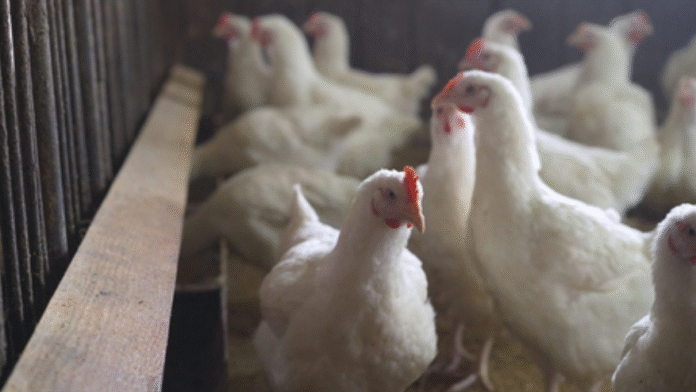LOS ANGELES– The U.S. Department of Agriculture (USDA) has confirmed the presence of highly pathogenic avian influenza (HPAI) in a dairy cattle herd in Nebraska, marking the state’s first known case since the outbreak began earlier this year.
In a statement Monday, the USDA said the strain identified is H5N1 clade 2.3.4.4b, genotype B3.13. The virus was detected through state-led tracing and surveillance of milk samples prior to cattle movement, as required under a federal order issued in April 2024.
While HPAI has been found in dairy cattle across 17 states since March, federal officials noted that this year’s cases remain limited to a relatively small number of states. The Animal and Plant Health Inspection Service (APHIS) is coordinating with the Nebraska Department of Agriculture to conduct on-farm investigations, testing, and epidemiological analysis to determine how the virus spread and prevent further transmission.
The USDA emphasized that the detection does not pose a risk to consumers or compromise the safety of the commercial milk supply. The Food and Drug Administration (FDA) has confirmed that pasteurization effectively inactivates H5N1 in milk products.
The U.S. Centers for Disease Control and Prevention (CDC) said the current H5N1 viruses found in birds and cattle are believed to pose a low risk to the general public. However, it warned that people with occupational or recreational exposure to infected animals may face higher risk and should take precautions.
HPAI is a highly contagious disease with zoonotic potential, capable of infecting both animals and humans. It has caused significant global losses, including mass bird die-offs, egg shortages, and economic damage to poultry industries. The virus has also been detected in mammals such as domestic cats, cattle, foxes, and seals, with occasional human infections reported among those in close contact with infected poultry.
The USDA urged dairy farms nationwide to tighten biosecurity, particularly as fall migratory bird season approaches, when the risk of spread typically increases. (Source: IANS)












